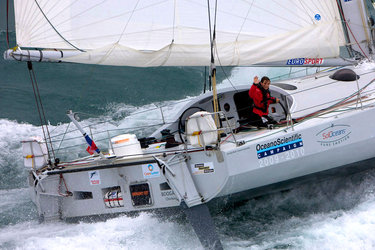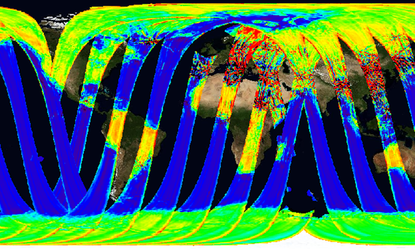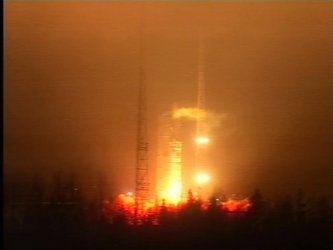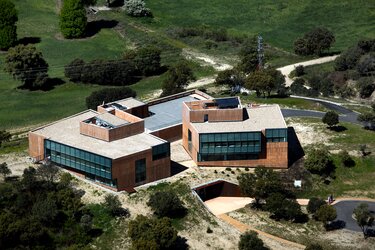SMOS completes early orbit phase
ESA’s SMOS satellite has recently completed its first phase of life in orbit – the Launch and Early Orbit Phase (LEOP), which means that all the systems are working as they should and the satellite is ready for full commissioning.
Following launch on 2 November, the satellite has passed a number of important milestones as part of the LEOP, namely: the satellite platform and subsystems have shown to be functioning well, the MIRAS instrument has been deployed and is working as expected, the high-speed X-band downlink is transmitting science data to the processing centre at ESA’s European Space Astronomy Centre (ESAC) in Spain, and the satellite is now at its target orbit altitude and aligned in measurement mode.
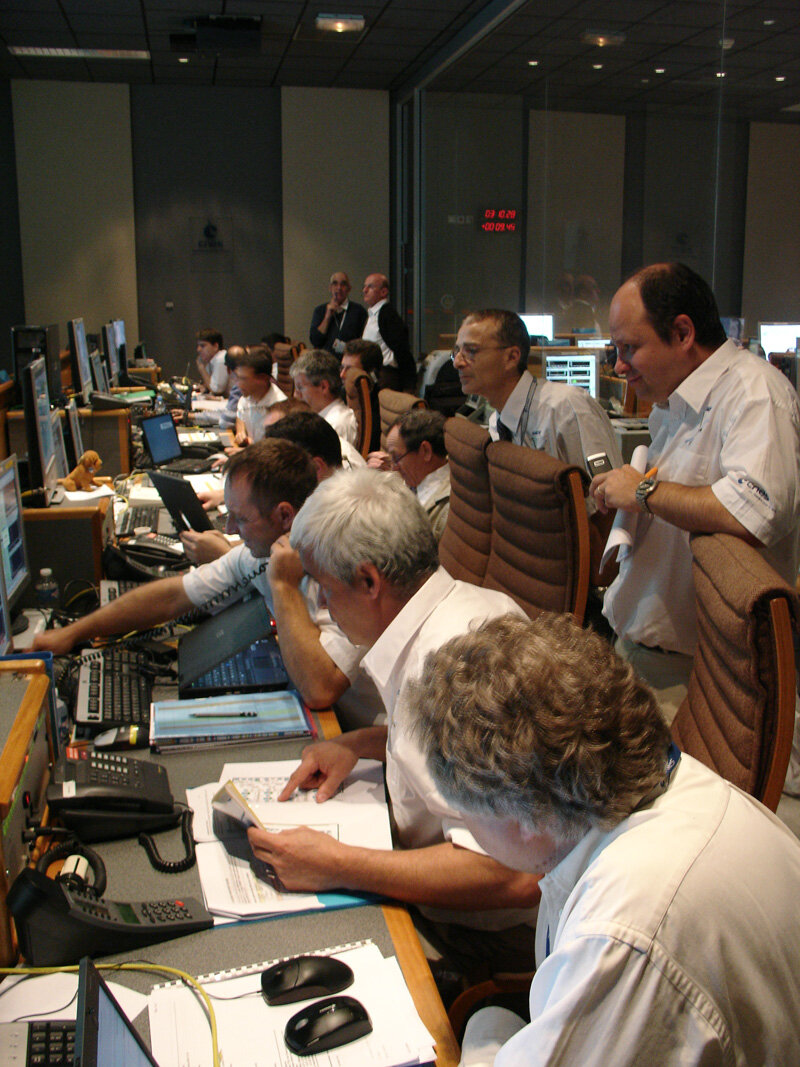
Now at the end of this critical initial early orbit phase, the worldwide network of S-band ground stations that have been used to help control and monitor the satellite will stand down, leaving the two default stations, Kiruna in Sweden and Aussaguel in France to receive and transmit the signals from SMOS.
Satellite operations will also function on a more routine basis. For example, the satellite will now be operated from the normal operations centre for small satellites, rather than the large control room that was used for the LEOP. Staff are also resuming normal working hours.
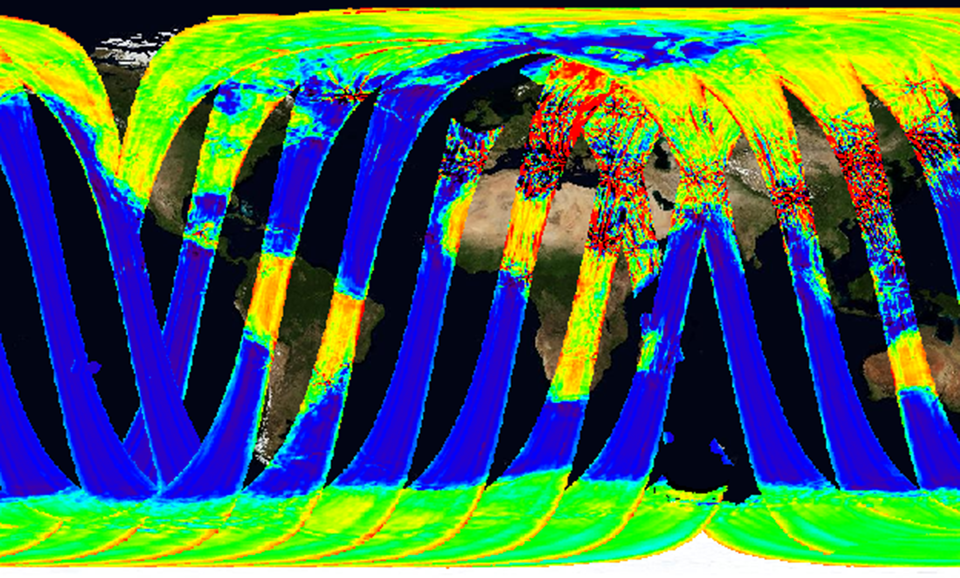
The MIRAS instrument will now undergo the various calibrations that are needed to ensure that the best possible data are delivered. Since the instrument has two principal measurement modes, dual polarisation and full polarisation, calibration has to be carried out for these two modes separately. Also, the processing system has to be fine-tuned to account for any disturbance the signal may encounter from the Sun, atmosphere and so on. This also involves scientists and engineers carrying out field campaign activities to take in situ data of soil moisture and ocean salinity that can then be compared with the data being received from SMOS.
Commissioning is expected to last until May 2010.




